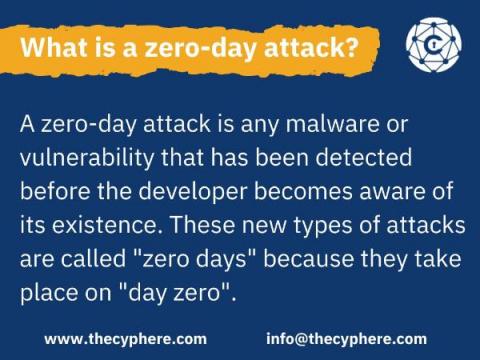What is an Advanced Persistent Threat (APT)?
An Advanced Persistent Threat (APT) is a cyberattack campaign where a threat actor establishes a long-term presence inside a breached network to continuously steal sensitive data. In order to evade detection throughout the entire APT attack life cycle (which could last for many years), these cyber threats must always exceed the evolving sophistication of common security controls. The advanced attack methods of APT groups makes this cyber threat significantly more difficult to intercept.











